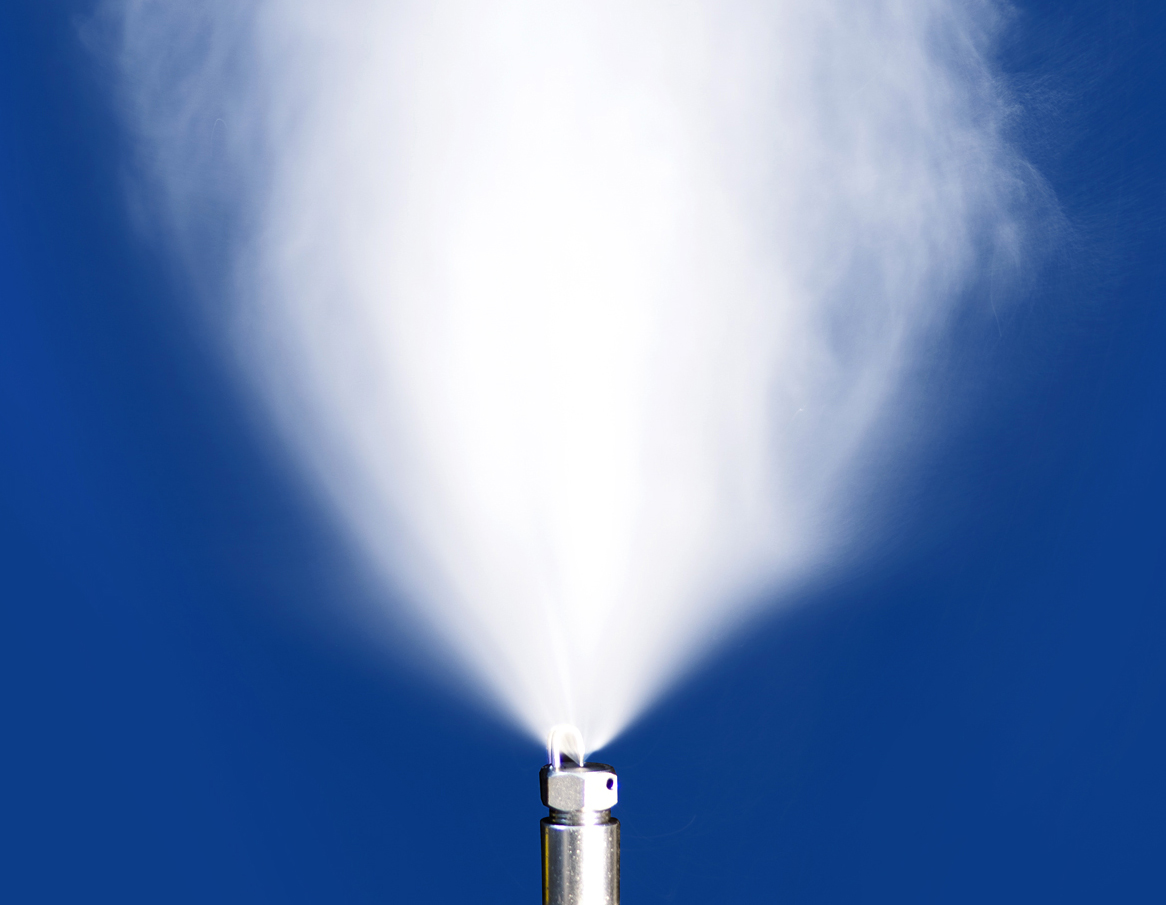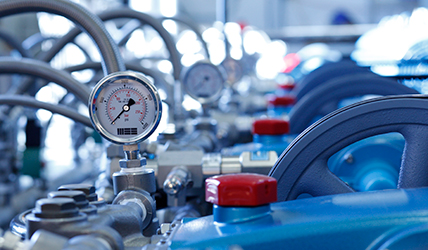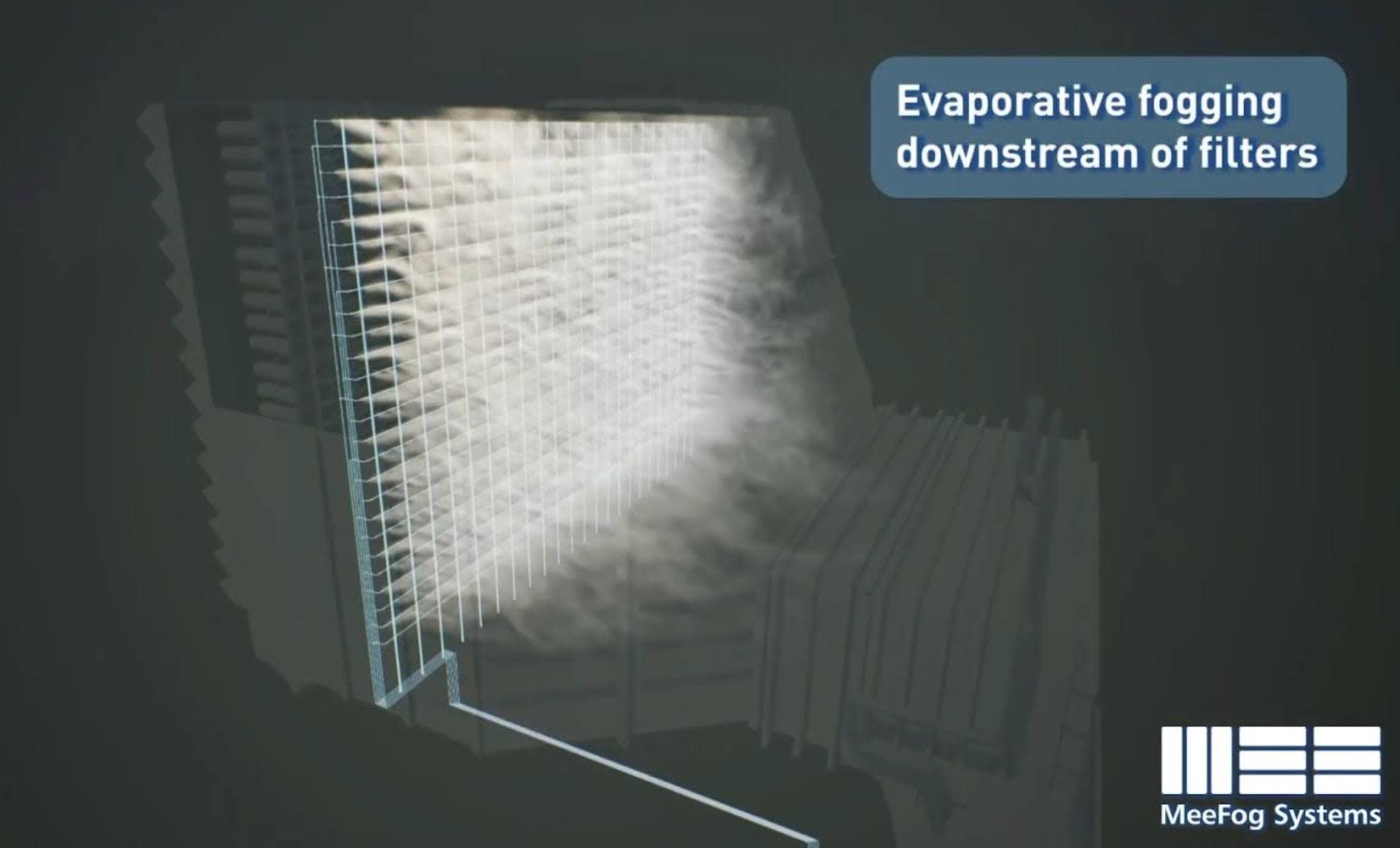MeeFog Inlet Cooling & Wet Compression Boosts Turbine Efficiency
Blog
Full Transcript:
Hi, I’m Thomas Mee, CEO of Mee Industries Inc.
Mee Industries has been building high-pressure water fogging systems for over 50 years. Our systems are used in a wide range of applications—from special effects at Disneyland to humidifying buildings and boosting gas turbine output at electrical power generation facilities.
How MeeFog Helps Gas Turbines
MeeFog gas turbine fogging systems work by cooling the inlet air through evaporation. We install a nozzle manifold inside the gas turbine’s filter house. These nozzles atomize water into extremely fine droplets—so small they remain suspended in the air.
As the air flows through the inlet duct, the fog droplets evaporate, cooling the air. By the time the air reaches the compressor inlet, nearly all the droplets have evaporated, and the air is significantly cooler.
Why Gas Turbine Inlet Air Cooling Matters
Cooler air is denser. Since gas turbines are air-breathing machines, denser air allows for a greater mass of air to enter the turbine, which increases combustion efficiency and power output.
In desert climates, we can cool inlet air by 30 to 40°F. Even in tropical, humid environments like Thailand and Malaysia, we can achieve 10 to 15°F of cooling—enough to make fogging economically viable.
Wet Compression Explained
MeeFog systems are also used for wet compression. It’s the same system—same nozzles, same pressure—but instead of installing the nozzles in the filter house, we place them right above the compressor inlet.
In this setup, the fog doesn’t evaporate before entering the compressor. Instead, it evaporates inside due to heat from compression, acting like an intercooler. This reduces the work of compression and increases the net power output.
Why Droplet Size Matters
What makes MeeFog systems unique is our ability to produce ultra-fine droplets—around 10 microns in diameter. These small droplets:
-
Stay suspended in airflow longer
-
Evaporate more efficiently
-
Don’t impact or erode compressor blades
This makes both our inlet fogging and wet compression systems safe and effective.
MeeFog vs Traditional Evaporative Coolers
Traditional evaporative coolers use wetted media, which doesn’t provide enough surface area or time for complete evaporation. MeeFog systems, on the other hand, produce a much finer mist, increasing evaporation and achieving 100% relative humidity—ideal for maximum cooling.
MeeFog vs Chillers
Compared to chillers, MeeFog systems are far more cost-effective:
-
Less than 10% of the capital cost
-
Use a fraction of the energy (20–30 kW vs several megawatts)
-
Much easier to retrofit into existing systems
Thank you for watching. To learn more, visit www.meefog.com, and feel free to reach out—we’d be happy to answer your questions.


